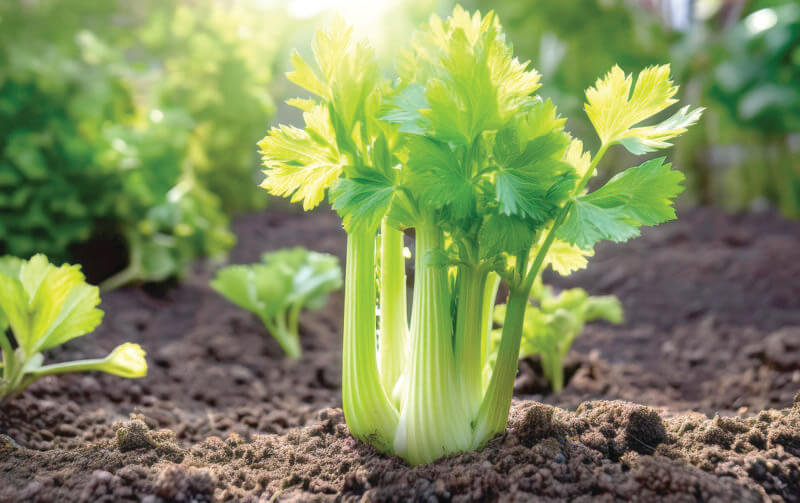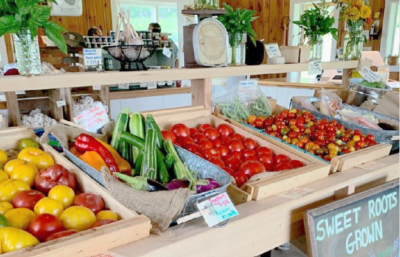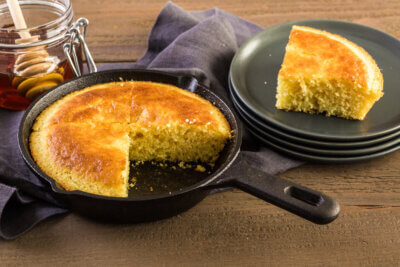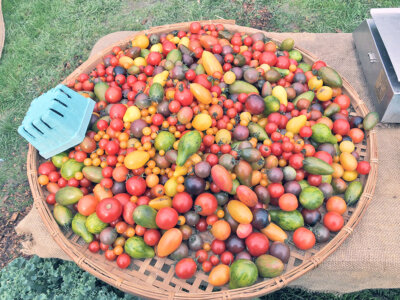Celery: Actually quite a bit more than Kalamazoo chew
Upcoming Monday Munches feature deliciously tempting summer offerings: couscous, Italian pasta salad, strawberries, blueberries and watermelon. In contrast to this scrumptious bounty, let’s take a look at that overlooked kitchen staple: celery, the unannounced presence in many meals.
Pascal celery was first cultivated in Kalamazoo, Michigan, in 1874, with corporate impresarios of the day organizing handouts of free stalks at the train station. Around town, celery boys stood next to paper boys on street corners, pushing their wares. An urban legend circulated that young men in Kalamazoo offered their dates celery stalks topped with a ribbon.

Japanese immigrants introduced celery in the Salinas Valley in 1911, and now California is the source of 95 percent of the nation’s supply.
Kalamazoo, once known as “Celery City,” now offers the Portage Creek Bicentennial Park with a guided tour explaining the history of celery in the region. The Michigan Celery Cooperative wants us to know they produce an annual crop worth about $20 million.
We may laugh at the way con artists profited from celery fervor in the last century, claiming that celery would “purify blood, quiet nerves, regulate the liver and treat nervous disease,” but this sort of chicanery repeats itself. In 2018, an Atlantic article, “Actually, You Can Just Drink Some Water,” offered insight on the celery miracle cure mania swamping Instagram.
The author notes that a bottle of celery juice “cost $6.50 and tasted like celery. I don’t know what I was expecting.”
This New York Times article (2019) asks, “Why Is Everyone Drinking Celery Juice as if It Will Save Them from Dying?”
The Times doesn’t mention that celery leaves and inflorescences were part of the garlands found in King Tut’s tomb—or that Tut died in 1323 BCE at age 18.
Fads aside, the Cleveland Clinic attests that celery is good for you.
Mention “celery” and people remember Ogden Nash’s famous quip: “Develops the jaw.”
As was often the case, George Bernard Shaw had an answer: “The thought of two thousand people crunching celery at the same time horrified me.”
Regrettably, the ever-irascible Dr. John Hodgman offers no opinion on celery, but in its 9,655 celery entries, The New York Times offers lots of possibilities. That said, the prospect of yam and celery custard, squid and celery salad, parboiled octopus with celery or cold celery soup with pink radishes might make celery tonic (2 teaspoons of celery seeds added to 2 cups of vodka) sound attractive even to teetotalers.
Yes, celery is 95 percent water, but it can offer adventure. At Nicosi’s dessert bar in San Antonio, the chef works celery into a grassy marmalade layered on strawberry curd and hibiscus meringue, producing tapa y porrón, served on top of a glass vessel filled with strawberry consommé. In the 19th century, fancy glass celery containers, often with the owner’s name engraved on the bottom, were a regular part of the crockery.
The New York Public Library’s historical menu archive shows that celery was the third-most-popular victual during the 19th and early 20th centuries, trailing only coffee and tea.
The article titled “When Celery was More Expensive than Caviar” is misleading, but even so, a menu in the library archives shows these startling prices:
- one half cold lobster $.75
- celery service $.50
- caviar sandwich $.50
- ham sandwich $.25.
The menu at the Trump National Golf Club in Los Angeles reveals an 18-ounce, bone-in ribeye (served with “Trump’s signature steak butter”) will set you back $82. Maybe Trump surcharges for adjectives: The iceberg lettuce is “gem;” the tomatoes “heirloom;” the sea salt “smoked;” the feta “marinated;” the strawberries “fresh.” There’s no mention of celery on the menu.
Celery is not mentioned in this article about cooking in Ukraine. I offer free access because it’s about cooking with love for people in the community: “Cooking With Love (and Lots of Beets) for the Front Line in Ukraine.”
In a starkly different timeframe, some may have noted that Joey Chesnut celebrated July 4 by gobbling down 70.5 hot dogs and buns in the allotted time at Nathan’s Famous Hot Dog Eating Contest in Coney Island. His gobbling wins in previous years have included massive amounts of macaroni and cheese, shrimp wontons, pizza, corned beef sandwiches, Buffalo wings. He even won a contest in Toronto by downing a staggering amount of poutine.
There’s an important message here: Stay in Charlotte. Relax. Eat slowly. Savor your food.
But should you choose to ignore this message, the 2025 World Poutine Eating Championship in Toronto is coming up: Sept. 6. The contest lasts only 10 minutes, and the person eating the most of the uniquely Québécois mixture of fries topped with cheese curds and gravy will take home $5,000. Here’s Merriam-Webster on poutine: “Some assert that poutine is related to the English word pudding, but a more popular etymology is that it’s from a Quebecois slang word meaning ‘mess.’”
Avoid mess in your kitchen on Mondays by enjoying a tasty meal at the Charlotte Senior Center, prepared by volunteer cooks demonstrating their love of community. There is no charge but a $5 donation to help keep the kitchen well stocked is appreciated.
Monday Munch
July 14, 11:30 a.m.-12:30 p.m.
Couscous, strawberry fields salad, bread and beverage and blueberry lemon squares.
Monday Munch
July 21, 11:30 a.m.-12:30 p.m.
Italian pasta salad, garlic toast, watermelon and Nina’s shortbread cookies.
Related Stories
Popular Stories
If you enjoy The Charlotte News, please consider making a donation. Your gift will help us produce more stories like this. The majority of our budget comes from charitable contributions. Your gift helps sustain The Charlotte News, keeping it a free service for everyone in town. Thank you.
Andrew Zehner, Board Chair








